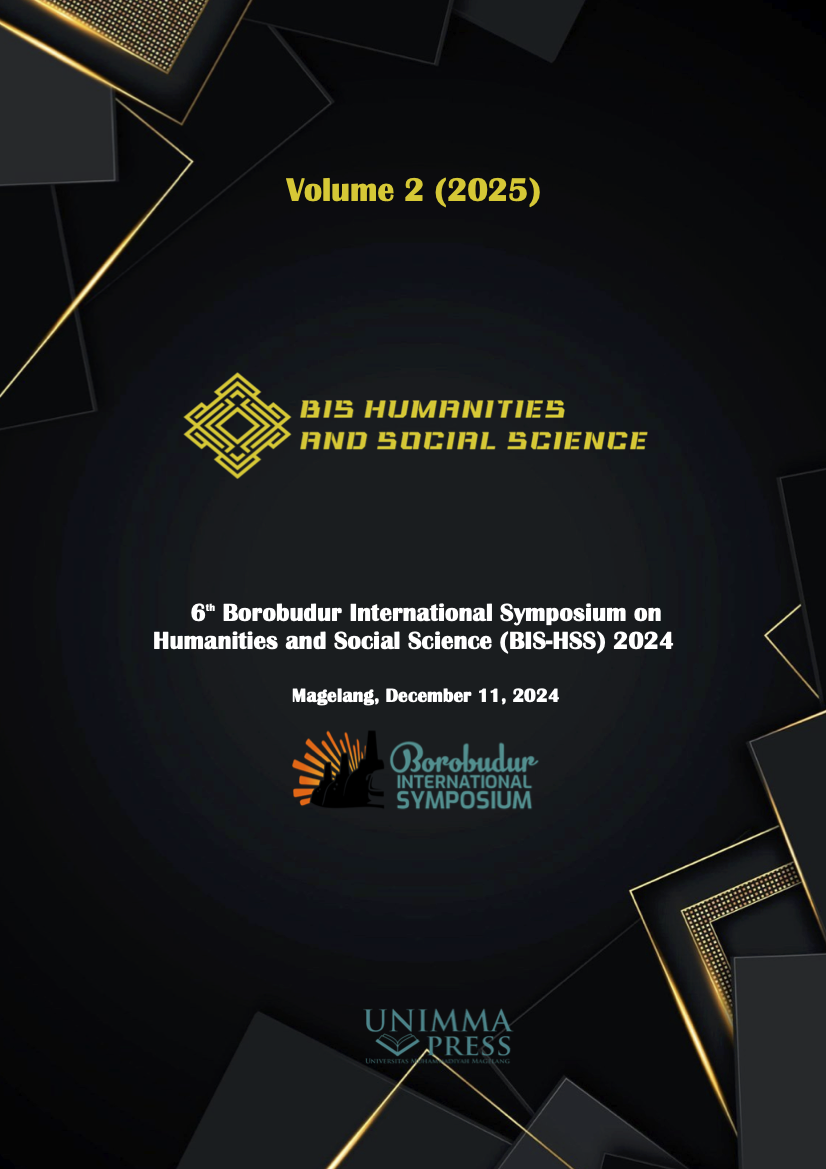Urgency of bolar provision regulation on patented drugs for access and availability of generic drugs for public health
Keywords:
Regulation, Bolar provision, Drugs, Patents, Public HealthAbstract
Limited availability of medicines is a serious problem in fulfilling the public's right to health. The monopoly of patented medicines by patent-holding pharmaceutical companies has resulted in generic pharmaceutical companies not being able to access information about patented medicines even though the patent has expired. This certainly hinders the immediate circulation of generic versions after the patent expires. Generic medicines are important because they are easier to access, more widely available, and cheaper than patented versions of medicines. To overcome this problem, a legal means called bolar provision is regulated. Bolar provision is a permit granted by the state to generic pharmaceutical companies to use patented inventions to develop and deliver drug information without the patent owner's permission 5 (five) years before the patent protection period ends. Generic pharmaceutical companies can then market generic versions after the patent expires. The purpose of implementing Bolar provision is to provide cheap and affordable generic versions of essential drugs after the patent expires. Until this article was written bolar provisions are only regulated in Article 167 letter b of Law No. 13 of 2016 concerning patents and there are no implementing regulations specifically regulating bolar provision so that bolar provision has not been implemented. Therefore, it is important to examine how the appropriate regulations for the implementation of bolar provision. This type of research is normative legal research. The problem approach used is the legislative approach and the conceptual approach.
References
[1] Soekidjo Notoatmodjo, Health Behavior Science. Jakarta: Rineka Cipta, 2010.
[2] Rahmi Jened, “Competition Law & Policy: The Use and Abuse of IPR,” Cooperation between Ministry of Foreign Affairs & South Center/WHO, Jakarta, Sep. 19, 2019.
[3] CNBC Directors, “Expensive Drugs in Developing Countries,” CNBC.
[4] NP Rudiany, “Governing Global Health Care: A Case Study of India vis à vis Switzerland's Novartis AG Regarding Patents of Gleevec” Journal of International Relations, vol. 10, no. 1, p. 17, Sep. 2017, doi: 10.20473/jhi.v10i1.3657.
[5] Gaston Kroub, “The Cost Of A Cure: Patent Rights and Drug Prices” DrugPatentWatch, Washington, DC, Aug. 26, 2024.
[6] Justia Us Law, “Roche Products, Inc. Appellant, v. Bolar Pharmaceutical” Justia Us Law, United States, pp. 733–858, Apr. 23, 1984.
[7] Anthony Tridico, “Facilitating generic drugs manufacturing: Bolar exemptions worldwide,” WIPO Magazine, 2014.
[8] Peter Mahmud Marzuki, Introduction to Legal Science. Jakarta: Kencana, 2008.
[9] LS Muis, “The Right to Accessibility of Patented Medicines for the Community,” Widya Pranata Hukum: Journal of Legal Studies and Research, vol. 1, no. 1, pp. 36–64, Apr. 2019, doi: 10.37631/widyapranata.v1i1.259.
[10] LS Muis, R. Jened, N. Barizah, and GC Tjwan, “State Responsibility for Access and Availability of Patented Drugs for Public Health” Juridika, vol. 38, no. 2, pp. 219–242, 2023, doi: 10.20473/ydk.v38i2.43007.
[11] Lidya Shery Muis, “THE PRINCIPLE OF JUSTICE IN THE PROTECTION OF PHARMACEUTICAL PRODUCTS PATENTS TOWARDS THE FULFILLMENT OF PUBLIC HEALTH RIGHTS,” Dissertation, Airlangga University, Surabaya, 2023.
[12] L. Shery Muis, “Accessibility of Pharmaceutical Products Patents for Public Health Through the TRIPs Waiver” Indonesian Journal of Law and Society, vol. 5, pp. 1–115, 2024, doi: 10.19184/ijls.v5i1.38647.
[13] YS Atmaja, B. Santoso, and I. Irawati, “LEGAL PROTECTION OF PHARMACEUTICAL PRODUCT PATENTS DURING GOVERNMENT USE OF PATENTS,” Legal Issues, vol. 50, no. 2, pp. 196–208, Apr. 2021, doi: 10.14710/mmh.50.2.2021.196-208.
[14] Y. Mumtazah Al'Amani, A. Anggono, and Tarjo, “The Role of Government in Regulating Salt Trade: Political Dominance Will or Economic Interest? A Review of Actor -Network Theory” Journal of Management and Organization, vol. 15, no. 1, pp. 38–51, Mar. 2024, doi: 10.29244/jmo.v15i1.54205.
Downloads
Published
Conference Proceedings Volume
Section
License

This work is licensed under a Creative Commons Attribution-NonCommercial 4.0 International License.

